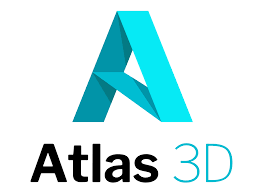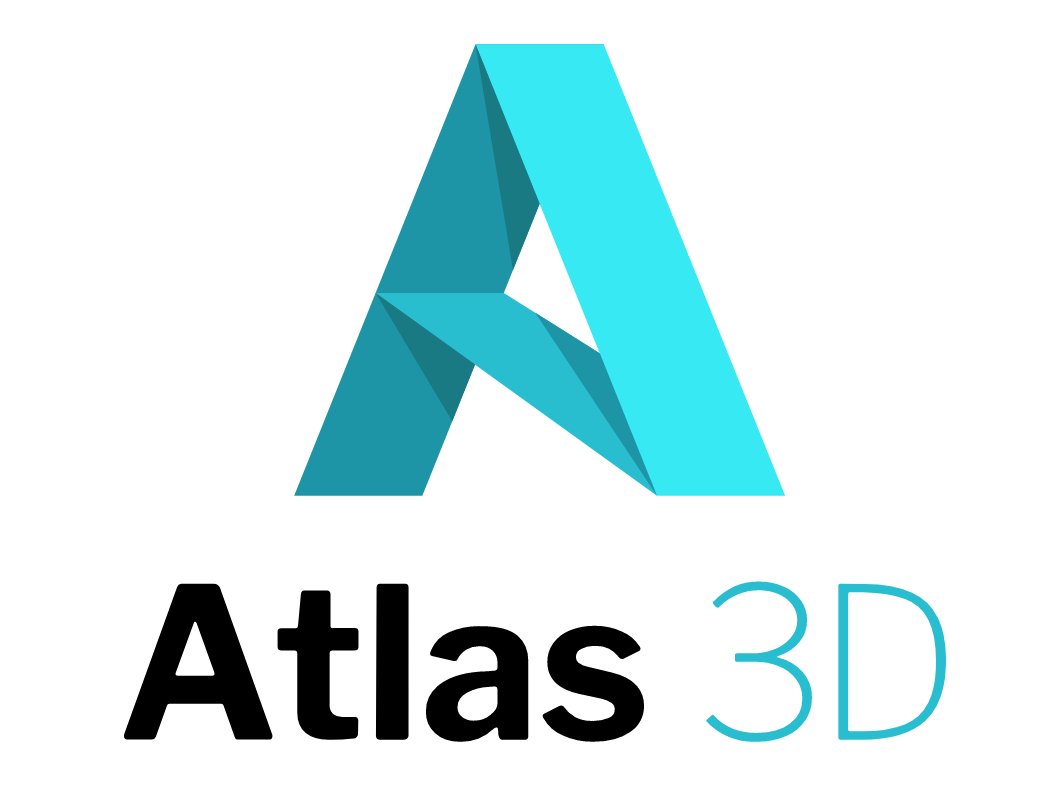Sunata, Atlas 3D’ new software currently creates a big hype in the additive manufacturing industry. Designed to work Direct Metal Laser Sintering (DMLS) printers, the software automatically chooses the required orientation for a part and generates the necessary support structures for a successful build. Therefore, the simulation process that harass 3D design engineers is avoided.
Main characteristics of Sunata are: accuracy and speed, quality and print time options as well as new QuesTek Ferrium® C64®.
Quality and print time options
Atlas 3D has collaborated with ITAMCO (Indiana Technology and Manufacturing Company) to create Sunata. We talked about ITAMCO when the company additively manufactured parts made with EOS 17-4 PH IndustryLine metal powder that exceeded 17-4 PH Stainless Steel in tensile strength.
Back to Sunata… “The team appreciated the need to balance minimal distortion with reduced print times. They wanted to profitably print viable components with additive manufacturing, not just print prototypes.”
The fact is that users can scale their requirements from next-to-zero distortion with longer print times, to more tolerable distortion with shorter print times. Furthermore, since the software can automatically choose the best orientation, the total print time and amount of sintered material requested are accurately given.
Build with New QuesTek Ferrium® C64®
Thanks to metal feedstocks, the software platform can test the new Ferrium C64 (AMS 6509) metal powder from QuesTek Innovations.
For the record, Ferrium C64 is a high-strength, high-surface hardness, and highly fracture- resistant carburizable steel that also has high-temperature resistance and hardenability. C64 steel is a performance upgrade from 9310, X53 (AMS 6308), EN36A, EN36B, EN36C and 8620. It can achieve a surface hardness of 62-64 Rockwell C (HRC) via vacuum carburization.
For further information about 3D Printing, follow us on our social networks and subscribe to our newsletter!
//pagead2.googlesyndication.com/pagead/js/adsbygoogle.js
(adsbygoogle = window.adsbygoogle || []).push({});






